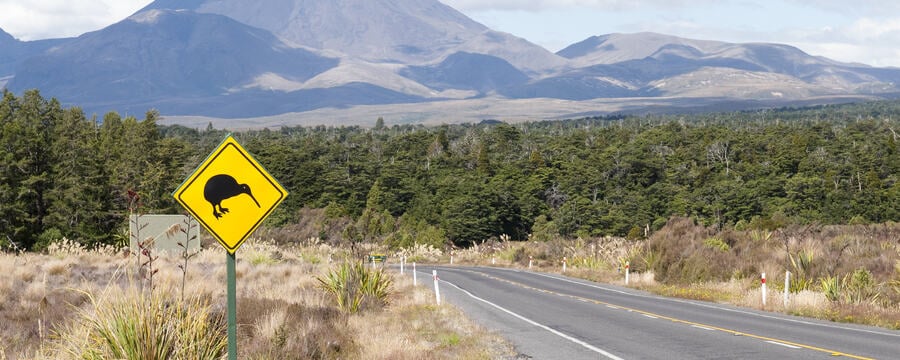Home / Language / Conservation / EAL: English Language for Nature Conservation and Sustainability / A brief history of New Zealand flora and fauna
This article is from the free online
EAL: English Language for Nature Conservation and Sustainability


Reach your personal and professional goals
Unlock access to hundreds of expert online courses and degrees from top universities and educators to gain accredited qualifications and professional CV-building certificates.
Join over 18 million learners to launch, switch or build upon your career, all at your own pace, across a wide range of topic areas.


 Figures 1-4: Ancient New Zealand wildlife has its origins in Gondwana and Australia. Illustrations by J.G. Keulemans c. 1870 (images source: Wiki Media Commons)
Figures 1-4: Ancient New Zealand wildlife has its origins in Gondwana and Australia. Illustrations by J.G. Keulemans c. 1870 (images source: Wiki Media Commons)
 Figures 5 & 6: Flightless kiwi and kakapo. (images source: Wiki Media Commons)
Figures 5 & 6: Flightless kiwi and kakapo. (images source: Wiki Media Commons)
 Figure 7: The Haast Eagle attacking Moas by John Megahan (2004) (image source: Wiki Media Commons).
Figure 7: The Haast Eagle attacking Moas by John Megahan (2004) (image source: Wiki Media Commons).






